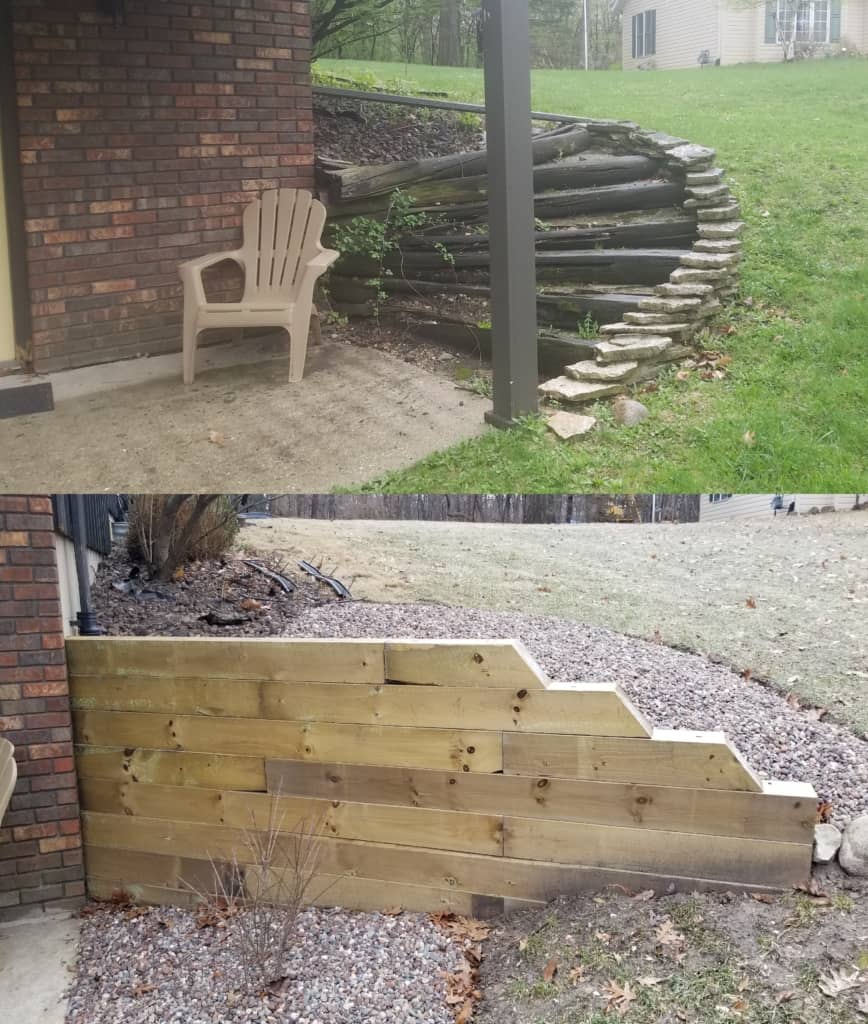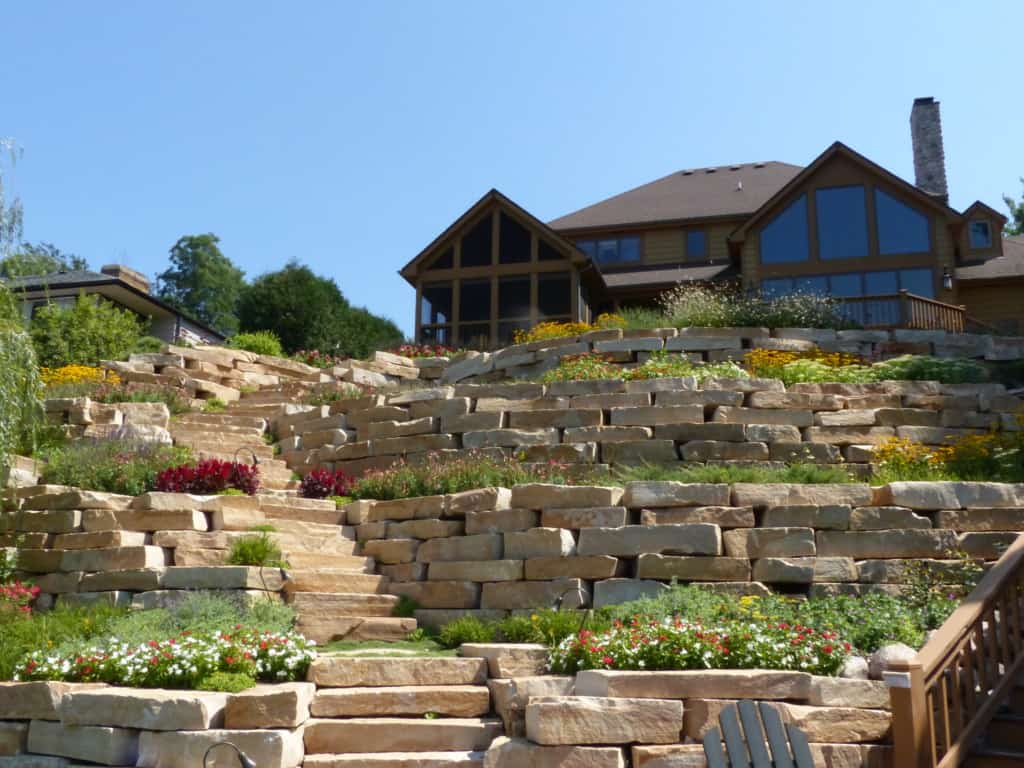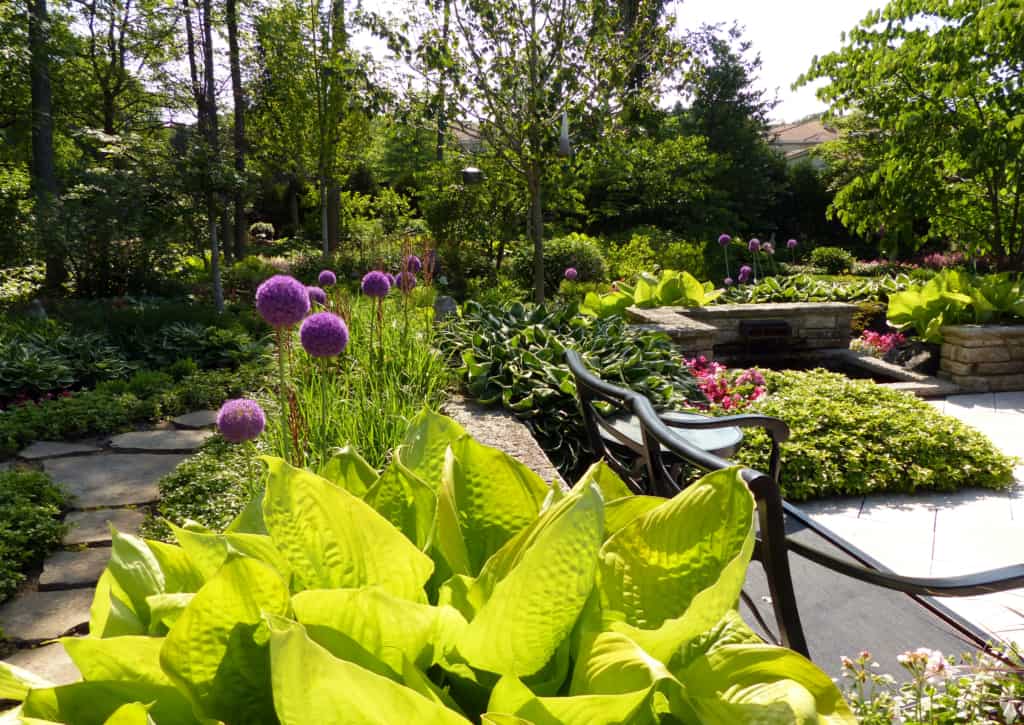Retaining walls form and function
Mother Nature often has a mind of her own. It’s even harder to control her. You’ve built your dream home on the top of a hill or along the banks of a river or lake; but the only flat space was used for the foot print of your home. Now what? You can take some control of Mother Nature by using retaining walls to turn a hill into a multi-level area, creating privacy and intimacy with low retaining walls and create structure to stop erosion on steep inclines.
Walls are not only utilitarian, used to hold back earth but also to create division for your outdoor rooms. A low seat wall can separate a formal patio and the less formal garden walk. Seat walls also function as additional seating. You can use retaining walls to create sunken or raised patios or gardens.
Besides using the walls to create space they also serve a purpose. They can be used to divert water to other places in the landscape. They also prevent erosion on steep inclines. Retaining walls are often necessary because the landscape is not perfect for our needs. They are there for form, function and beauty.
There are many types of materials that can be used to create retaining walls. Back in the 70’s railroad timbers were quite popular for creating retaining walls. Though these are still used to this day they are not as long lasting as concrete blocks, brick or natural stone.

Failure of a retaining wall is almost always due to drainage. If you don’t have good drainage behind the wall it will sink or bow out. Perhaps your wall is failing due to its age, or poor construction. Maybe it’s time for an upgrade. We can help you with that contact us now!

